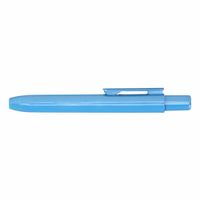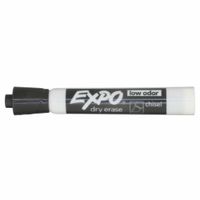- Home
- Office Supplies
- Writing Correction
- Markers
- Wet Dry Erase Markers
Wet- & Dry-Erase Markers
Wet- and dry-erase markers apply temporary inks onto whiteboards and laminated calendars. Wet-erase marker inks are removed with a damp cloth or wipe and are less likely to be erased by accident than dry-erase marker inks. Dry-erase marker inks are wiped away with a dry eraser or cloth and do not ne .....Read More
Frequently Asked Questions
What is the difference between wet-erase and dry-erase markers?
How do you remove wet-erase marker ink from a whiteboard?
Can dry-erase markers be used on laminated calendars?
Are wet-erase markers more durable than dry-erase markers?
What surfaces are suitable for dry-erase markers?
How do metal- and X-ray detectable dry-erase markers work?
Are there any safety concerns with using wet-erase or dry-erase markers?

